Free Generative AI Courses by Google
KDnuggets
JULY 24, 2023
With Generative AI being a hot topic, learn more about these courses provided that can give you a kick start into the wave.

KDnuggets
JULY 24, 2023
With Generative AI being a hot topic, learn more about these courses provided that can give you a kick start into the wave.

The Modern Data Company
JULY 24, 2023
In the modern data-driven landscape, organizations are constantly seeking ways to extract valuable insights from their data assets. While individual data products provide significant value, the true potential lies in harnessing the power of interconnected data products. By chaining data products together, organizations can unlock new levels of data-driven decision-making and drive impactful use cases.
This site is protected by reCAPTCHA and the Google Privacy Policy and Terms of Service apply.
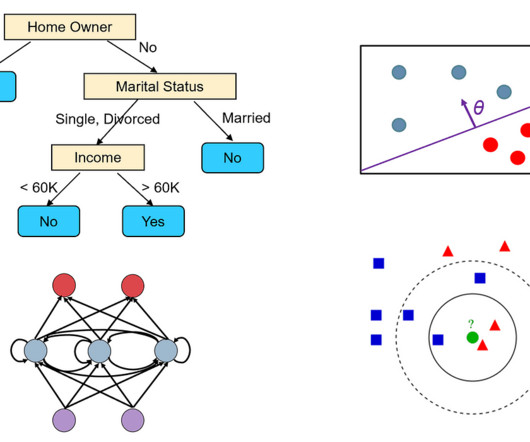
KDnuggets
JULY 24, 2023
When working on a data science problem, one of the most important choices to make is selecting the appropriate machine learning algorithm.
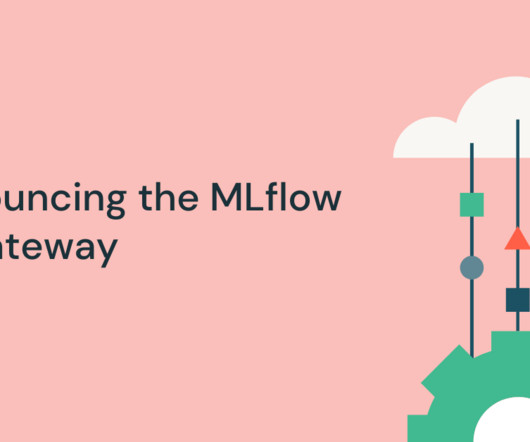
databricks
JULY 24, 2023
Large Language Models (LLMs) unlock a wide spectrum of potential use cases to deliver business value, from analyzing the sentiment of text data.
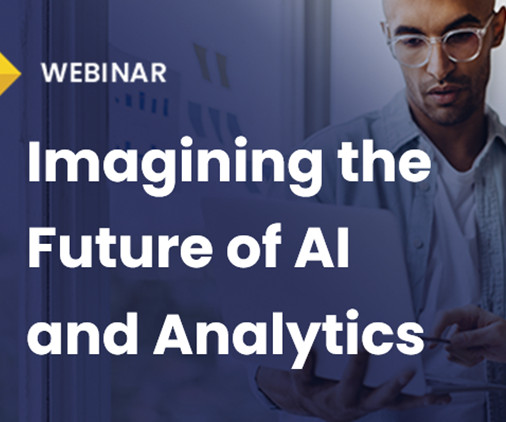
Advertisement
Generative AI is upending the way product developers & end-users alike are interacting with data. Despite the potential of AI, many are left with questions about the future of product development: How will AI impact my business and contribute to its success? What can product managers and developers expect in the future with the widespread adoption of AI?

Cloudera
JULY 24, 2023
In their effort to reduce their technology spend, some organizations that leverage open source projects for advanced analytics often consider either building and maintaining their own runtime with the required data processing engines or retaining older, now obsolete, versions of legacy Cloudera runtimes (CDH or HDP). However, both of these options are associated with substantial cost and risk , as organizations underestimate the complexity and the necessary expertise required to not only build b

Towards Data Science
JULY 24, 2023
Build scalable and fast data pipelines with Polars Continue reading on Towards Data Science »
Data Engineering Digest brings together the best content for data engineering professionals from the widest variety of industry thought leaders.
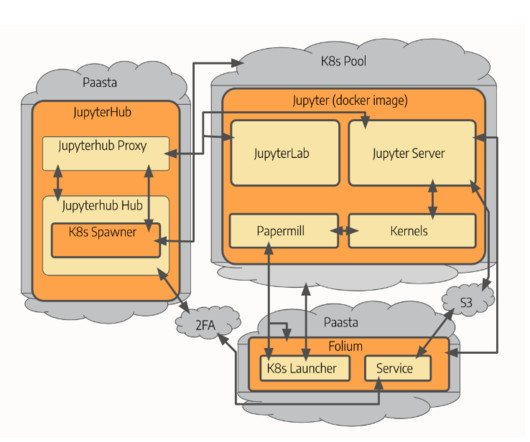
Yelp Engineering
JULY 24, 2023
At Yelp, Apache Spark and JupyterHub are heavily used for batch processing and interactive use-cases, such as in building feature models, conducting ad-hoc data analysis, sharing templates, making on-boarding materials, creating visualizations, and producing sales reports. Our initial deployments of Jupyter at Yelp were iPython notebooks managed at an individual level.

The Modern Data Company
JULY 24, 2023
In the modern data-driven landscape, organizations are constantly seeking ways to extract valuable insights from their data assets. While individual data products provide significant value, the true potential lies in harnessing the power of interconnected data products. By chaining data products together, organizations can unlock new levels of data-driven decision-making and drive impactful use cases.

Picnic Engineering
JULY 24, 2023
Introduction Transformer models have revolutionized natural language processing with their human-like text generation capabilities. At Picnic, we’re using these models for demand forecasting to minimize waste, increase customer satisfaction, and support sustainability. We even experimented with using transformers and neural networks to help demand forecasting models to understand our products better.

Monte Carlo
JULY 24, 2023
If there’s one thing that’s become abundantly clear in the world of tech, it’s that “data is the new oil.” And, much like oil, data can be a tricky substance – it’s incredibly valuable when refined and put to use, but it’s a flammable mess if not properly managed. That’s where data governance frameworks come into play, acting as the safety protocols and refinery blueprints of the data world.

Advertisement
Many organizations today are unlocking the power of their data by using graph databases to feed downstream analytics, enahance visualizations, and more. Yet, when different graph nodes represent the same entity, graphs get messy. Watch this essential video with Senzing CEO Jeff Jonas on how adding entity resolution to a graph database condenses network graphs to improve analytics and save your analysts time.
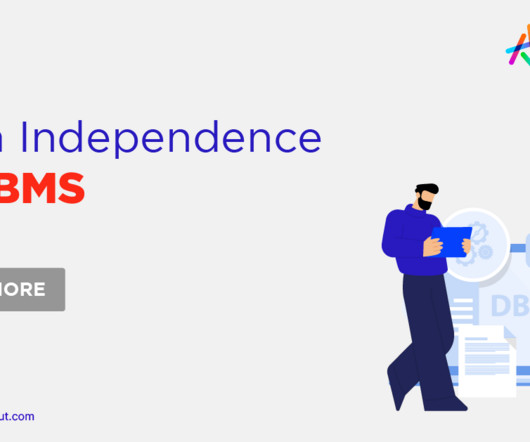
Knowledge Hut
JULY 24, 2023
In the world of databases, data independence plays a vital role in making sure the flexibility and adaptability of database systems. Data independence tells us about the ability to modify the database schema or organization without affecting the applications that use the data. It allows changes to be made at various levels of a database system without causing disruptions or requiring extensive modifications to the applications that rely on the data.

KDnuggets
JULY 24, 2023
In this article, we will explore how to utilize the Pandas for One-Hot encoding categorical data.
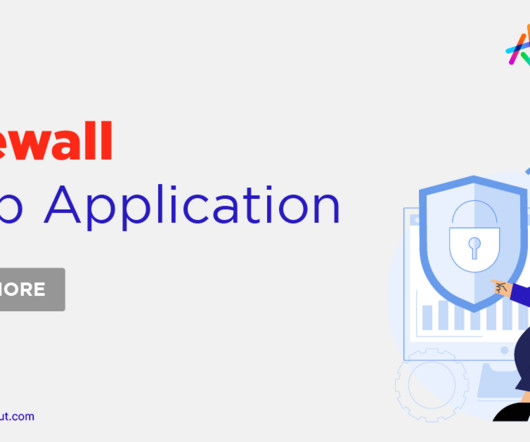
Knowledge Hut
JULY 24, 2023
'''Web application firewall (WAF)''' is the term for an application firewall for HTTP applications. A set of guidelines are applied to an HTTP interaction. In general, these guidelines protect against frequent attacks like SQL Injection and Cross-site Scripting (XSS). This blog will answer your question about what is a WAF in detail and how to go further with this.

Towards Data Science
JULY 24, 2023
While there is no right answer, there is likely a sweet spot for most organizations’ data platforms. Read on to see where that might be. Photo by Kelly Sikkema on Unsplash Data engineers discovered the benefits of conscious uncoupling around the same time as Gwyneth Paltrow and Chris Martin in 2014. Of course, instead of life partners, engineers were starting to gleefully decouple storage and compute with emerging technologies like Snowflake (2012), Databricks (2013), and BigQuery (2010).

Advertisement
Start-ups & SMBs launching products quickly must bundle dashboards, reports, & self-service analytics into apps. Customers expect rapid value from your product (time-to-value), data security, and access to advanced capabilities. Traditional Business Intelligence (BI) tools can provide valuable data analysis capabilities, but they have a barrier to entry that can stop small and midsize businesses from capitalizing on them.
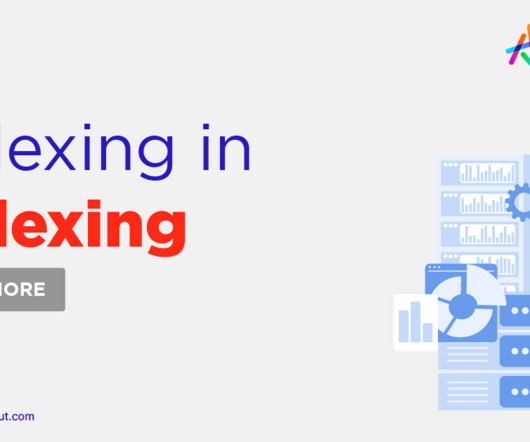
Knowledge Hut
JULY 24, 2023
Performance and efficiency are crucial in the area of database management systems (DBMS). The demand for speedy and effective data retrieval increases as databases get bigger and more complicated. Indexing in DBMS is a basic idea that speeds up data retrieval by offering a structured and organized means to access and locate particular data within a database.

Precisely
JULY 24, 2023
A large procurement services company was struggling with inaccurate and incomplete master data because its internal systems were not connected to each other. In addition, routine errors and oversights resulted in poor data quality overall. The lack of information organization made maintaining or enhancing the data difficult. Consequently, the company was forced to make decisions based on an incomplete and inaccurate picture of reality.
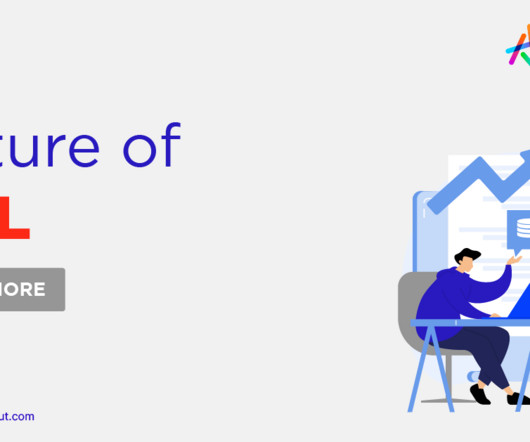
Knowledge Hut
JULY 24, 2023
The future of SQL (Structured Query Language) is a scalding subject among professionals in the data-driven world. As data generation continues to skyrocket, the demand for real-time decision-making, data processing, and analysis increases. Recently, the advent of stream processing has unlocked the door for a new era in database technology. As a result, we can now analyze big chunks of data in real time, offering valuable opportunities and insights to make well-informed decisions.

Snowflake
JULY 24, 2023
With 130 subsidiaries across the Nordics, Fortum relies on accurate financial reports, delivered at speed, to set the context for business decisions — such as electricity trading. Discover how the company uses Snowflake to deliver a company-wide financial reporting engine cost-effectively and at scale, enabling a more data-driven culture. Fortum, headquartered in Finland, is among Europe’s cleanest energy producers and one of the biggest companies of its kind in the Nordics.

Speaker: Scott Sehlhorst
We know we want to create products which our customers find to be valuable. Whether we label it as customer-centric or product-led depends on how long we've been doing product management. There are three challenges we face when doing this. The obvious challenge is figuring out what our users need; the non-obvious challenges are in creating a shared understanding of those needs and in sensing if what we're doing is meeting those needs.
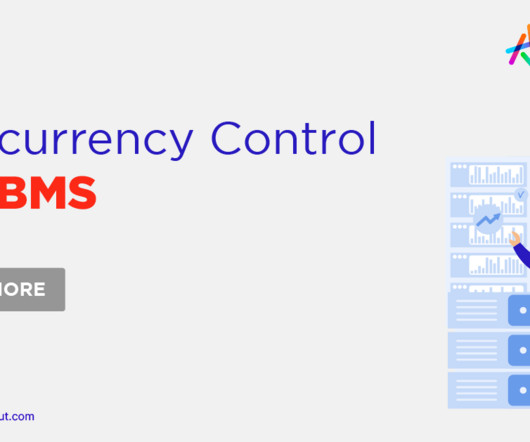
Knowledge Hut
JULY 24, 2023
Concurrency control is an essential feature of database management systems (DBMS) that assures data consistency and integrity in multi-user scenarios. With the growing need for concurrent database access, it is a critical requirement to manage concurrent transactions effectively. Concurrency control in DBMS helps in the prevention of conflicts and the isolation and correctness of concurrent activities.
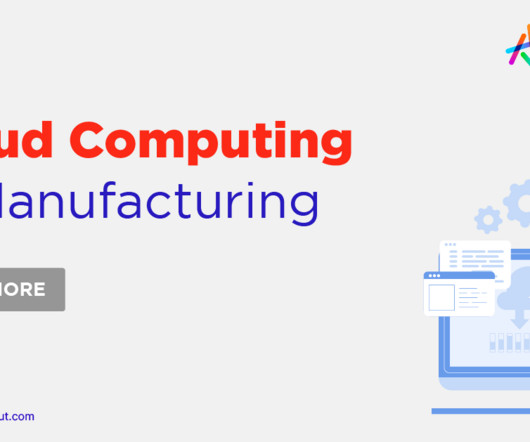
Knowledge Hut
JULY 24, 2023
Cloud-based services are no longer limited to IT or education. With the manifold benefits, all stakeholders have adopted cloud-based services to maximize their efficiency and profits. Unsurprisingly, the manufacturing sector has adopted and embraced Cloud computing to manage its business. There are many useful courses today educating learners about the know-how of cloud computing.
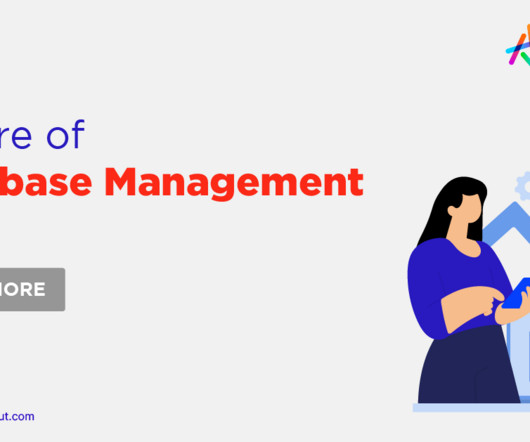
Knowledge Hut
JULY 24, 2023
In this digital age, data is king, and how we manage, analyze, and harness its power is constantly evolving. Database management, once confined to IT departments, has become a strategic cornerstone for businesses across industries. From retail giants tracking customer behavior to healthcare organizations optimizing patient care, the possibilities are endless.
Let's personalize your content